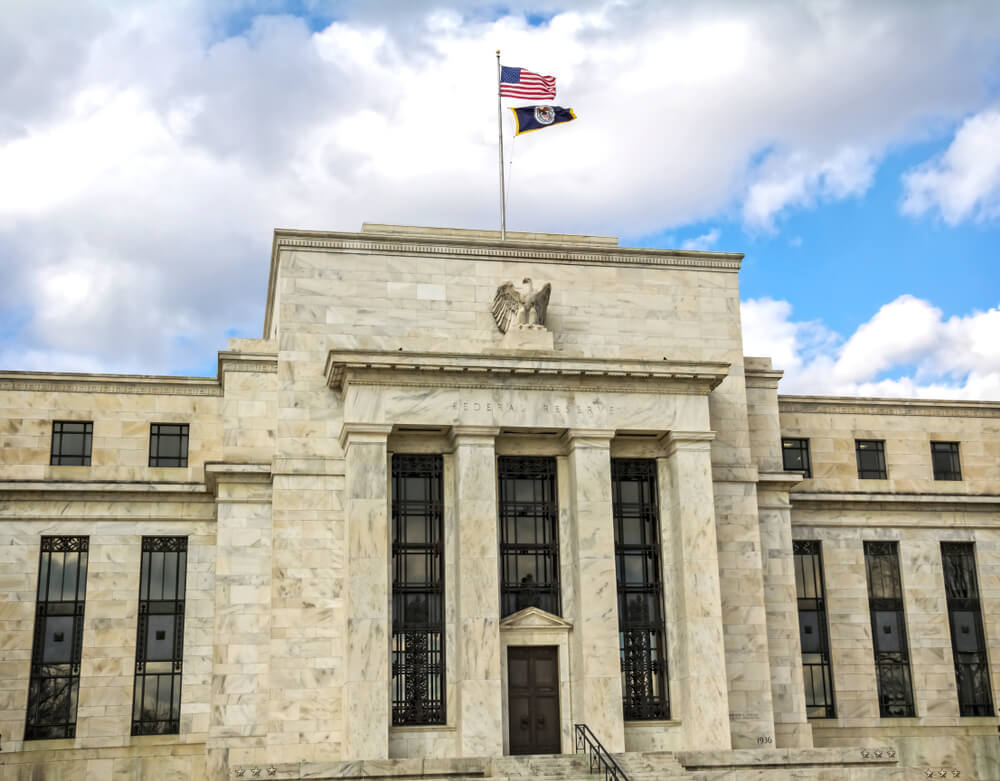
Why Fed Rate Hikes Take a Decade to Impact Your Wallet and Shape Economic Activity
The Federal Reserve’s decisions wield considerable influence on the U.S. economic activity, particularly when it comes to interest rates. Despite the 5.5% benchmark federal funds interest rate set by the Fed in 2023, the economy appears to march forward. However, the real impact might be lurking just around the corner.
The Fed’s leaders, confident in their strategies, expect that their interest rate decisions will act as a dampener on the current economic activity. But the real question is, when will these decisions start to show tangible effects on the economy?
The Ripple Effect on Borrowing Costs
One key aspect to understand is that the increase in borrowing costs resulting from Fed decisions doesn’t instantaneously affect everyone. It typically hits those who need to take new loans, such as first-time homebuyers. Additionally, the use of contracts in business can act as a buffer, slowing down the ripple effect of Fed decisions through the entire market economy.
According to Sarah House, managing director and senior economist at Wells Fargo, the impact might not be immediate, but the prolonged elevation of interest rates will undoubtedly make its presence felt over time.
Unforeseen Insulation: A Unique Cycle Of Economic Activity
Surprisingly, consumers seem to have a degree of insulation from the immediate effects of interest rate hikes. House notes that consumers have additional savings that were unexpected, providing insulation against the need to borrow. This unique cycle may differ in terms of when the anticipated lags hit, compared to prior economic cycles.
The Long Shadow of Interest Rate Hikes
A noteworthy research paper from the Federal Reserve Bank of San Francisco indicates that a 1% interest rate increase can result in a 5% reduction in gross domestic product for an extended period—up to 12 years after an unexpected hike. This has significant implications, causing concerns for policymakers and economists alike.
Douglas Holtz-Eakin, president of the American Action Forum, stresses that the consequences extend to both the short and long term. Immediate worries include unemployment and recessions, while in the long term, increases in wages rely on sustained productivity growth.
The Market’s Swift Response
Some economists argue that financial markets may be reacting more swiftly, if not instantaneously, to Fed pivot changes. Federal Reserve Governor Christopher Waller suggests that policy tightening occurs with the mere announcement, rather than waiting for the actual rate change.
Meanwhile, Roger Ferguson, former vice chair of the Federal Reserve, acknowledges the variability in market response, emphasizing that the timeline for the impact of rate hikes is often unpredictable.


